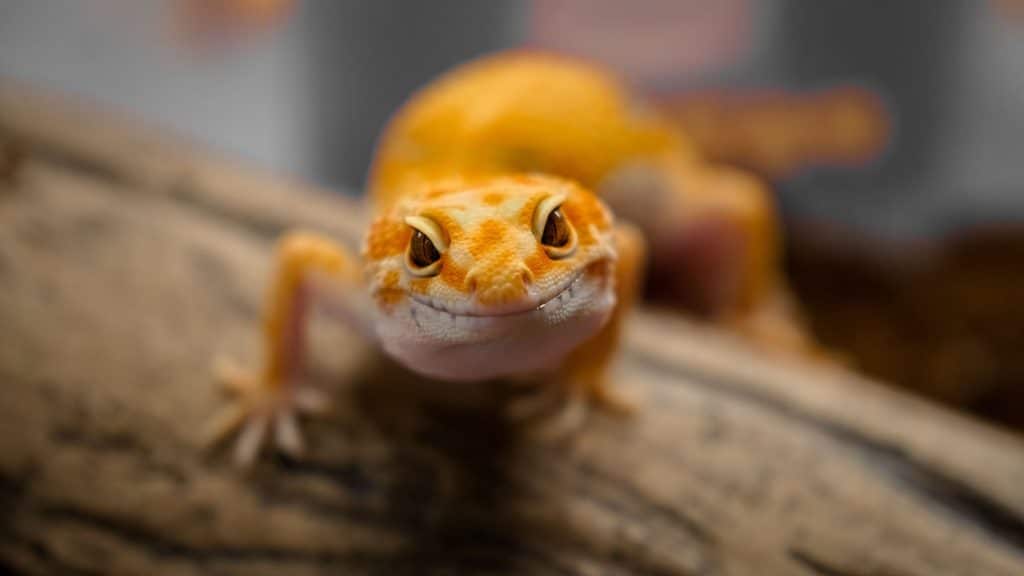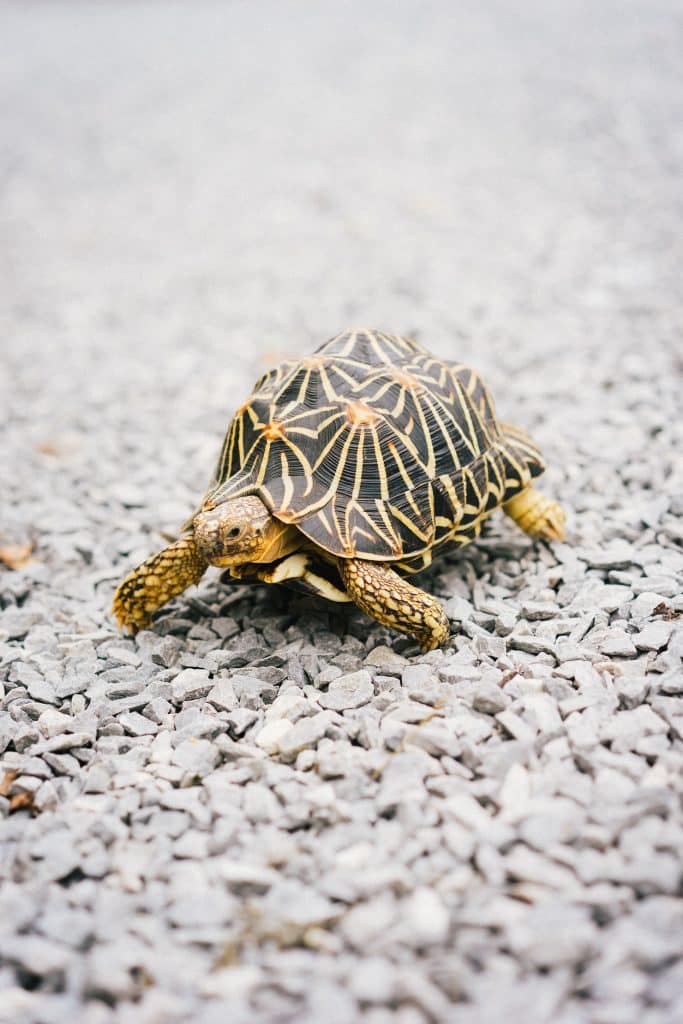An Honest Guide to the Fascinating World of Exotic Reptiles and Their Global Relocation Needs
Introduction: When Your Housemates Are Scaled, Silent, and Surprisingly Charming
Most people imagine a pet as something warm, fuzzy, and eager for attention. But for those drawn to the mysterious and majestic world of reptiles, a perfect companion might have scales, claws, and an ancient calmness unmatched by any cat or dog.
From powerful Tegu lizards and graceful Green Iguanas to the stoic Sulcata Tortoise and even the massive Aldabra Giant Tortoise, owning a large reptile is a lifestyle that comes with its own set of rewards and challenges. And if life takes you across borders, navigating reptile transport, tortoise relocation, and international pet travel laws becomes part of the adventure.
Ready to dive into what life is really like with these fascinating creatures? Let’s explore.

1. Meet the Gentle Giants of the Reptile World
🦎 Commonly Kept Large Lizards
- Bearded Dragon (Pogona vitticeps) – Friendly and manageable, the “starter” large lizard.
- Green Iguana (Iguana iguana) – Stunning, but challenging due to size and attitude.
- Savannah Monitor (Varanus exanthematicus) – Strong and intelligent, needs lots of space.
- Tegu (Salvator merianae) – Especially the Argentine Black and White Tegu, known for their dog-like personalities.
- Veiled and Panther Chameleons – Visually captivating but high-maintenance.
🐢 Majestic Tortoises
- Red-Footed Tortoise (Chelonoidis carbonarius) – Small enough for most homes but still a big commitment.
- Sulcata Tortoise (Centrochelys sulcata) – Can weigh over 100 pounds and live for more than 70 years.
- Aldabra Giant Tortoise (Aldabrachelys gigantea) – One of the largest tortoise species on Earth, requiring extensive outdoor space.
And while we’re at it, yes, there’s the Komodo Dragon—a true giant of the lizard world. But don’t get any ideas! These endangered reptiles belong in the wild (or highly regulated conservation programs)—they’re not suitable or legal as pets.
2. Intelligence and Personality: It’s Not Just Instinct
Think reptiles are cold and emotionless? Think again.
- Tegu lizards are famously interactive, recognizing their owners and even enjoying being hand-fed or scratched under the chin.
- Bearded Dragons are expressive, often seen waving their arms and bobbing their heads in what looks like communication.
- Iguanas are moody intellectuals—beautiful to observe but fiercely independent.
- Tortoises are surprisingly aware of their environment and often develop favorite hangout spots and food preferences.
Reptiles may not wag their tails or purr, but they have their own subtle ways of bonding—through calm presence, relaxed body language, and curiosity about your movements.
3. Space Requirements: Not Your Average Terrarium
Large lizards and tortoises aren’t meant to live their lives in cramped glass enclosures.
- Bearded Dragons need at least a 75-gallon tank.
- Tegus and Savannah Monitors require room-sized enclosures or dedicated outdoor habitats.
- Sulcata Tortoises will quickly outgrow any indoor space, requiring secure outdoor enclosures with heated shelters.
- Aldabra Giant Tortoises are best kept in large, zoo-like environments.
If you don’t have a yard, balcony, or specialized reptile room, think carefully before bringing one of these creatures home.

4. Heating, Lighting, and Humidity: Your Electricity Bill Will Notice
Reptiles are ectothermic, meaning they rely entirely on external heat sources.
Expect to invest in:
- High-output UVB lighting (critical for calcium metabolism)
- Basking lamps (100–150°F for some species)
- Ceramic heat emitters for nighttime warmth
- Humidifiers or misting systems for tropical species like iguanas and chameleons
Your electric bill? It’s going up. But the health of your reptile depends on precise temperature gradients and consistent light cycles.
5. Diet and Nutrition: A Commitment to Variety
Feeding a large lizard or tortoise isn’t just about tossing in lettuce or the occasional cricket.
- Bearded Dragons require a balanced diet of greens, vegetables, and live insects.
- Tegus and Monitors are omnivores—think fresh fruits, eggs, ground turkey, and even the occasional whole prey item.
- Iguanas are strict herbivores and demand high-fiber, calcium-rich greens.
- Tortoises thrive on grass, hay, and a variety of leafy greens, with species-specific preferences.
And forget about processed pet foods. Fresh is best, and that means frequent grocery runs and food prep.
6. Veterinary Care: Specialized and Sparse
Not every vet is trained to handle reptiles—finding an exotic animal veterinarian is critical.
Health concerns include:
- Metabolic Bone Disease from improper lighting or diet
- Respiratory infections from poor humidity control
- Parasites (common in wild-caught reptiles)
- Shell rot and pyramiding in tortoises
Routine exams are important, and emergency care is often expensive due to the specialized expertise required.
7. Legal and Ethical Considerations: Know the Laws
Before acquiring a large reptile, make sure it’s legal in your area. Many places have strict regulations on:
- Reptile import and export laws
- CITES permits (especially for endangered species like Aldabra Tortoises)
- Local wildlife ordinances prohibiting exotic pets
If you’re planning an international move, reptile transport becomes even more complicated.

8. Relocating Reptiles: Navigating International Pet Travel Regulations
Moving across borders with a large lizard or tortoise requires advanced planning and expert help.
Key considerations:
- Tortoise relocation and lizard import/export USA procedures are highly regulated.
- CITES permits are mandatory for many species.
- Health certificates and quarantine may be required.
- Specialized travel crates must meet IATA Live Animal Regulations.
- Some airlines do not accept reptiles in cargo—advanced coordination is critical.
Transcontinental Pet Movers: Experts in Reptile Transport and Tortoise Relocation
At Transcontinental Pet Movers, we provide in safe, stress-free transportation for reptiles of all sizes. Whether you’re handling a tortoise export from the USA or a lizard import to the USA, our experienced team knows how to navigate complex customs regulations and ensure your scaly companion arrives safely.
Our services include:
- Custom-designed travel enclosures for reptiles
- Temperature-controlled transport for sensitive species
- Expert assistance with CITES permits and USDA requirements
- Guidance on health documentation and quarantine compliance
- Real-time updates and concierge-level support
Whether you’re moving a beloved Tegu across the country or preparing a Sulcata Tortoise for a new home abroad, we’re here to make the journey as smooth as possible.
Conclusion: Are You Ready for a Lifetime Commitment?
Large reptiles aren’t short-term pets. Many tortoises will outlive their owners, and lizards like Tegus can live 20 years or more.
They’re fascinating, beautiful, and filled with personality—but they require space, resources, and long-term planning.
If you’re ready for the responsibility, these incredible creatures will reward you with years of quiet companionship and awe-inspiring moments. And if your life’s journey takes you across borders, remember–Transcontinental Pet Movers is here to ensure your reptile travels safely, comfortably, and legally.
Contact us today to learn more about our specialized services for reptile transport, tortoise relocation, and international lizard shipping.

